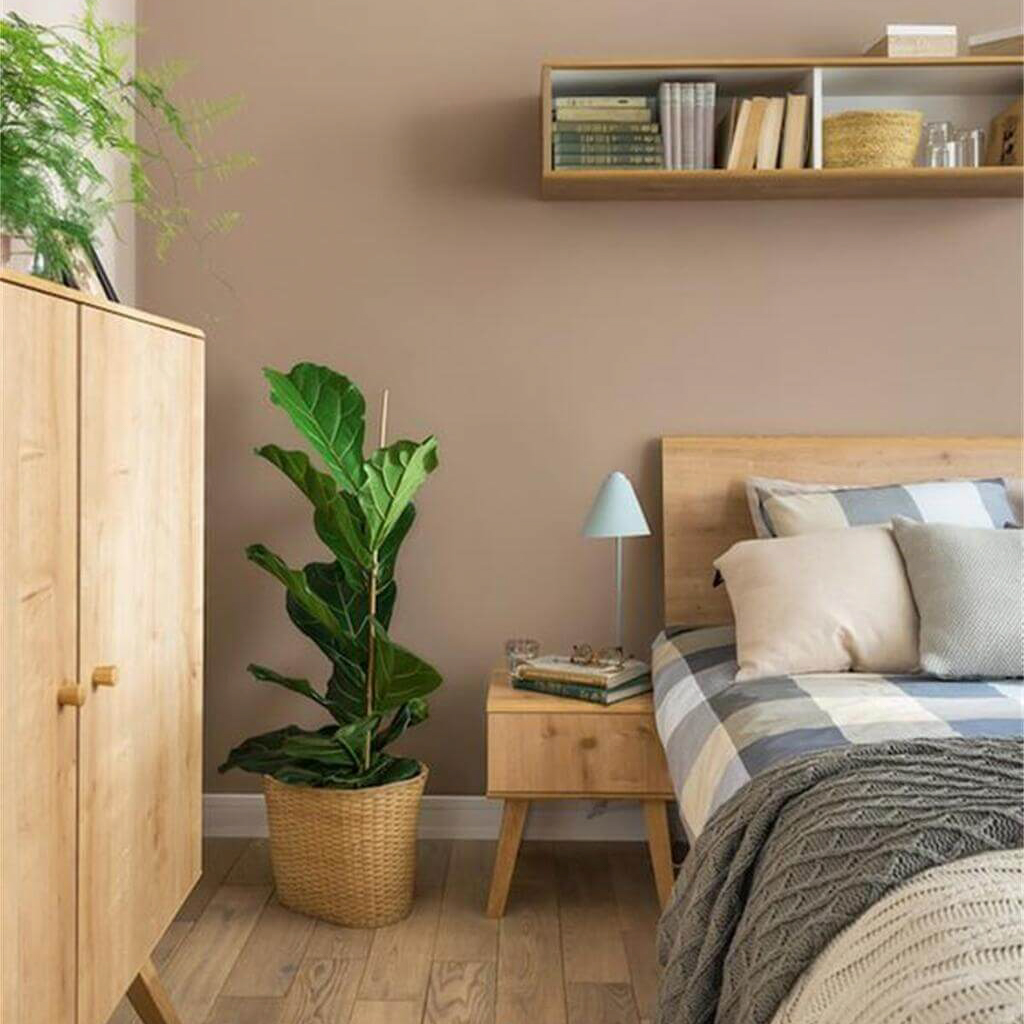
Shedding Light on Biodynamic Lighting: The Future of Wellbeing in Indoor Spaces
Introduction
Lighting has a significant impact on our health and wellbeing, affecting our mood, productivity, and even our sleep patterns. With the rise of indoor living and the amount of time we spend indoors, it’s become more important than ever to ensure that our artificial lighting mimics the natural rhythms of the sun. Biodynamic lighting, an advanced lighting technology that follows circadian rhythms, is emerging as the solution to this problem. In this article, we will explore the benefits and challenges of biodynamic lighting, its impact on our health and wellbeing, and its potential to be the future of lighting in indoor spaces.
What is Biodynamic Lighting?
Biodynamic lighting, also known as human-centric lighting, is a lighting system that mimics the natural light of the sun. It changes in intensity, color, and direction throughout the day, following the natural rhythm of the sun. Biodynamic lighting aims to regulate the body’s circadian rhythm by providing the correct light at the correct time of day. The lights are designed to enhance our alertness, mood, and productivity during the day and promote relaxation and sleep at night.
How Does Biodynamic Lighting Work?
Biodynamic lighting uses a combination of color temperature and intensity to mimic the natural light of the sun. The lighting system changes its color temperature and intensity throughout the day to match the natural light outside. During the day, the lights emit a blue-white light that is similar to natural daylight. As the day progresses into the late afternoon and evening, the lights transition to a warmer, redder hue, mimicking the sunset. In the evening, the lights emit a warm, amber glow, replicating candlelight, which has been shown to improve sleep quality.
The Benefits of Biodynamic Lighting
There are numerous benefits to using biodynamic lighting in indoor spaces. Research has shown that biodynamic lighting can enhance mood, wellbeing, and productivity. Biodynamic lighting has been shown to improve cognitive performance, notably in tasks requiring sustained attention and reaction time. It has also been found to improve sleep quality, reducing the time it takes to fall asleep and increasing the quality of sleep.
The Impact on Health
Biodynamic lighting can have a significant impact on our health. Exposure to blue light, especially at night, can interfere with our circadian rhythm and disrupt our sleep pattern, leading to increased daytime sleepiness, fatigue, and decreased productivity. Biodynamic lighting can help regulate our circadian rhythm, promoting a healthy sleep-wake cycle, and improving alertness and productivity during the day.
Applications of Biodynamic Lighting
Biodynamic lighting has a wide range of potential applications, including offices, schools, hospitals, and public spaces. Biodynamic lighting can be especially useful in workplaces where people spend long hours indoors, helping to regulate their circadian rhythm and improve productivity. Biodynamic lighting can also be used in healthcare facilities, where patients may have disrupted sleep patterns due to the nature of their care.
Challenges of Biodynamic Lighting
The technology involved in biodynamic lighting is still relatively new, and there are some challenges to implementing it in indoor spaces. Biodynamic lighting can be expensive to install and maintain, and it may not be suitable for all types of indoor spaces. Additionally, blue light has been shown to have potential negative effects on the eyes, and the long-term impacts of biodynamic lighting on eye health are still unknown.
The Future of Biodynamic Lighting
Despite these challenges, biodynamic lighting is gaining popularity and becoming more accessible to the general public. As the technology improves, and the costs decrease, biodynamic lighting is poised to become the future of lighting in indoor spaces. In the coming years, we can expect to see more adoption of biodynamic lighting in workplaces, healthcare facilities, and public spaces to improve our overall health and wellbeing.



